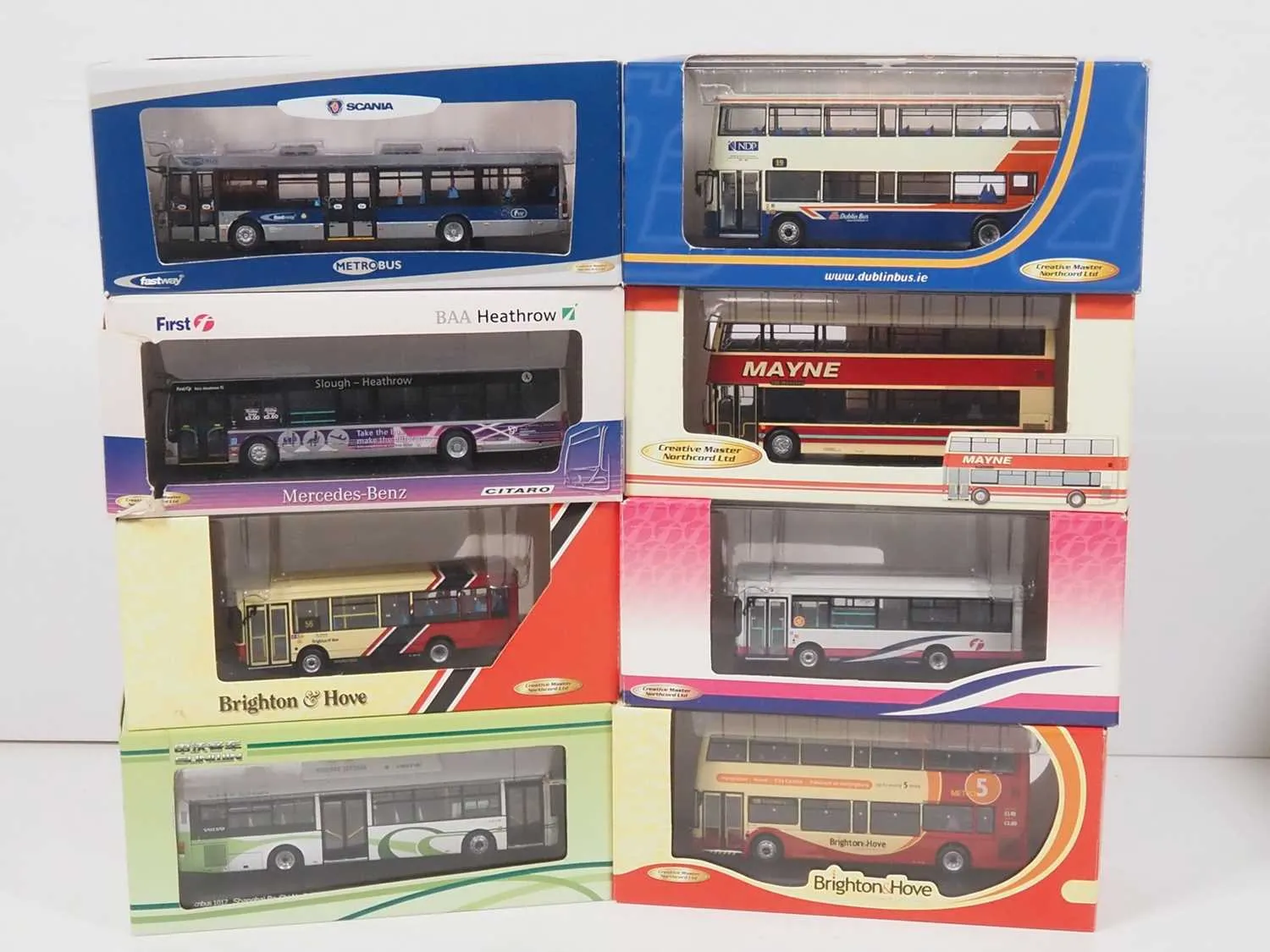What are Scale Diecast Buses
Scale diecast buses are miniature replicas of real-world buses, meticulously crafted to specific scales. These models are highly sought after by collectors and enthusiasts who appreciate the detail, accuracy, and craftsmanship involved in their production. They offer a tangible way to connect with the history of transportation, appreciate design, and indulge in a rewarding hobby. These miniature marvels are not just toys; they are miniature works of art, capturing the essence of their full-sized counterparts in remarkable detail. From the sleek lines of modern coaches to the classic charm of vintage double-deckers, scale diecast buses offer a diverse and fascinating world to explore. They are often made using a combination of diecast metal, plastic, and rubber components, creating a realistic and durable model.
The History of Scale Diecast Buses
The history of scale diecast buses mirrors the evolution of the diecast model industry itself. Early diecast models, often made from lead, emerged in the early 20th century, initially as promotional items and toys. As manufacturing techniques improved, so did the quality and detail of these models. The post-World War II era saw a surge in the popularity of diecast vehicles, with companies like Corgi, Dinky, and others leading the way. These brands began producing a wider variety of vehicles, including buses, trams, and trucks, catering to a growing market of collectors. The development of more sophisticated molds and materials allowed for greater accuracy and detail in the models, further enhancing their appeal. The increasing number of bus models reflect the history of public transportation. Today, collectors can find models representing buses from various eras and countries, preserving the legacy of these iconic vehicles.
Popular Scales for Diecast Buses
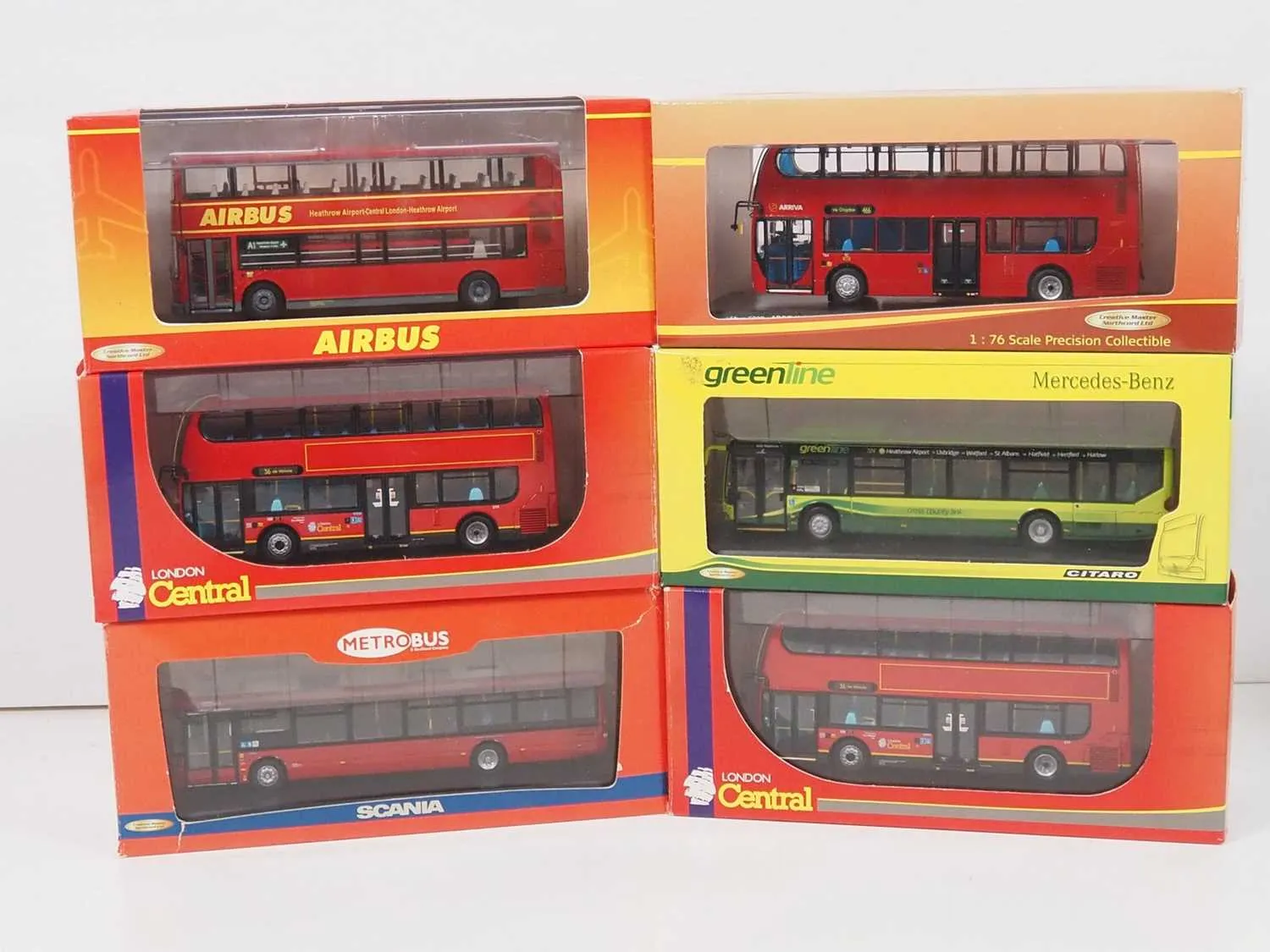
Scale is a crucial aspect of diecast bus collecting, as it determines the size and relative proportions of the model. Different scales cater to various preferences and display requirements. Common scales allow collectors to display a collection more efficiently. Selecting a scale often depends on the collector’s space limitations and the availability of models in their preferred subject matter.
1/43 Scale Diecast Buses
1/43 scale is a popular choice among diecast bus collectors. This scale offers a good balance between detail and size, allowing for intricate features without being excessively large. This size is ideal for showcasing detailed models on a display shelf or in a collector’s cabinet. The models often feature opening doors, detailed interiors, and realistic paint schemes. Many manufacturers produce buses in this scale, making it a good option for building a diverse collection. (Image: 1-43-diecast-bus.webp)
1/76 Scale Diecast Buses
1/76 scale is particularly popular in the UK and is often associated with model railway layouts. The smaller size of these models makes them suitable for collectors with limited space. Despite their smaller size, 1/76 scale buses still offer impressive levels of detail. Many models are designed to be compatible with model railway scenery, adding to their versatility. They are an excellent option for creating realistic dioramas or displaying a collection in a compact space. (Image: 1-76-diecast-bus.webp)
1/87 Scale Diecast Buses
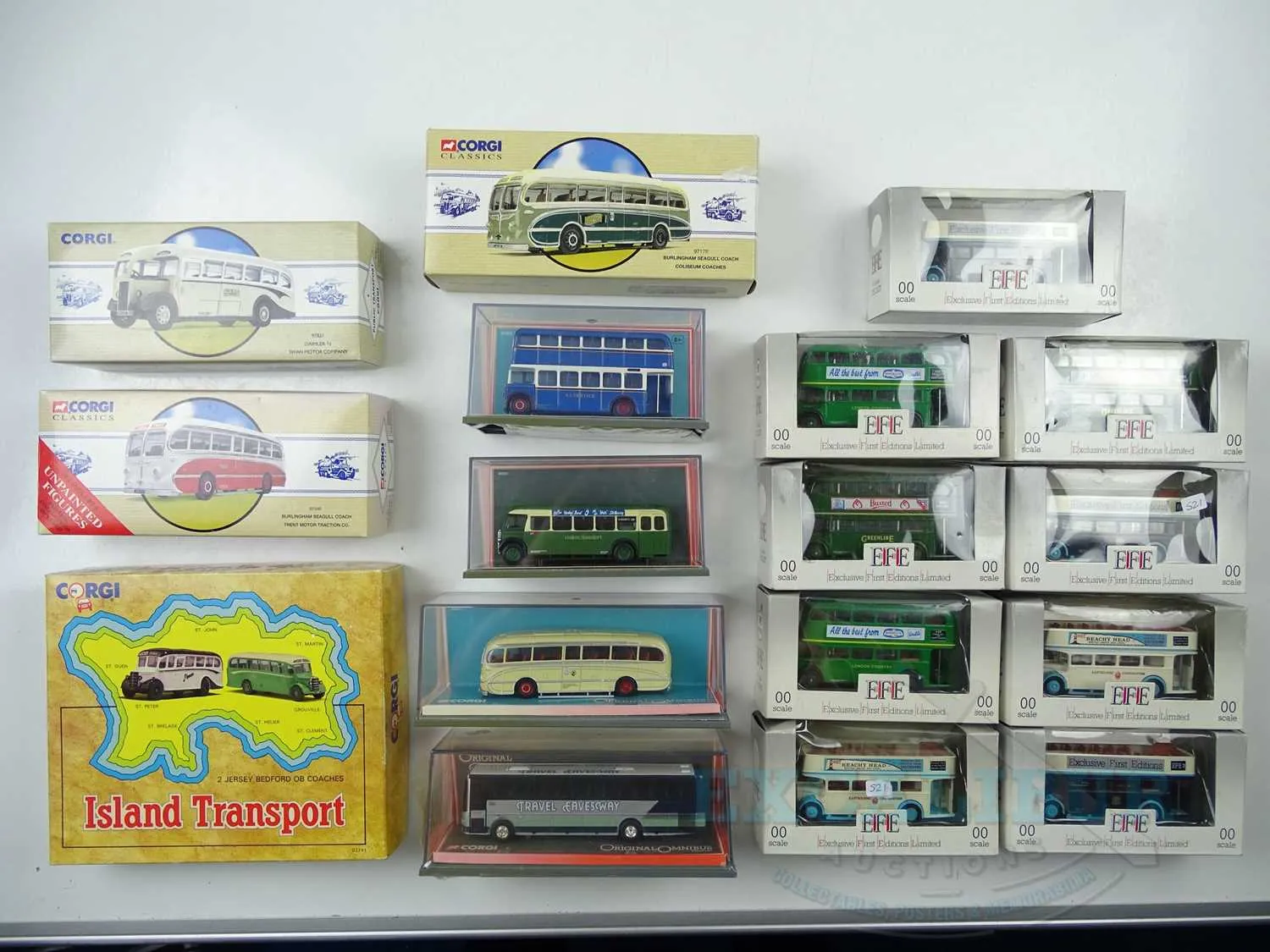
1/87 scale, also known as HO scale, is another widely used scale, especially in model railroading. These buses are smaller than 1/43 and 1/76 scale models, making them ideal for collectors who have limited space or want to create detailed layouts. The range of models available in this scale is vast, including buses from many countries and eras. 1/87 scale buses can be easily integrated into model railway scenes, providing a realistic and immersive collecting experience. This scale offers a high degree of detail despite its small size.
Materials Used in Diecast Bus Construction
The materials used in the construction of diecast buses play a significant role in their quality, durability, and overall appearance. The combination of different materials allows manufacturers to create highly detailed and realistic models.
Diecast Metal
Diecast metal, typically a zinc alloy, is the primary material used for the chassis and body of diecast buses. This material provides weight and a solid feel, contributing to the model’s stability and durability. The diecasting process allows for intricate detailing, such as the body panels, grilles, and other features, that would be difficult or impossible to achieve with other manufacturing methods. The use of diecast metal also allows for accurate reproduction of the bus’s shape and design. This results in a high-quality, realistic model that is built to last.
Plastic Components
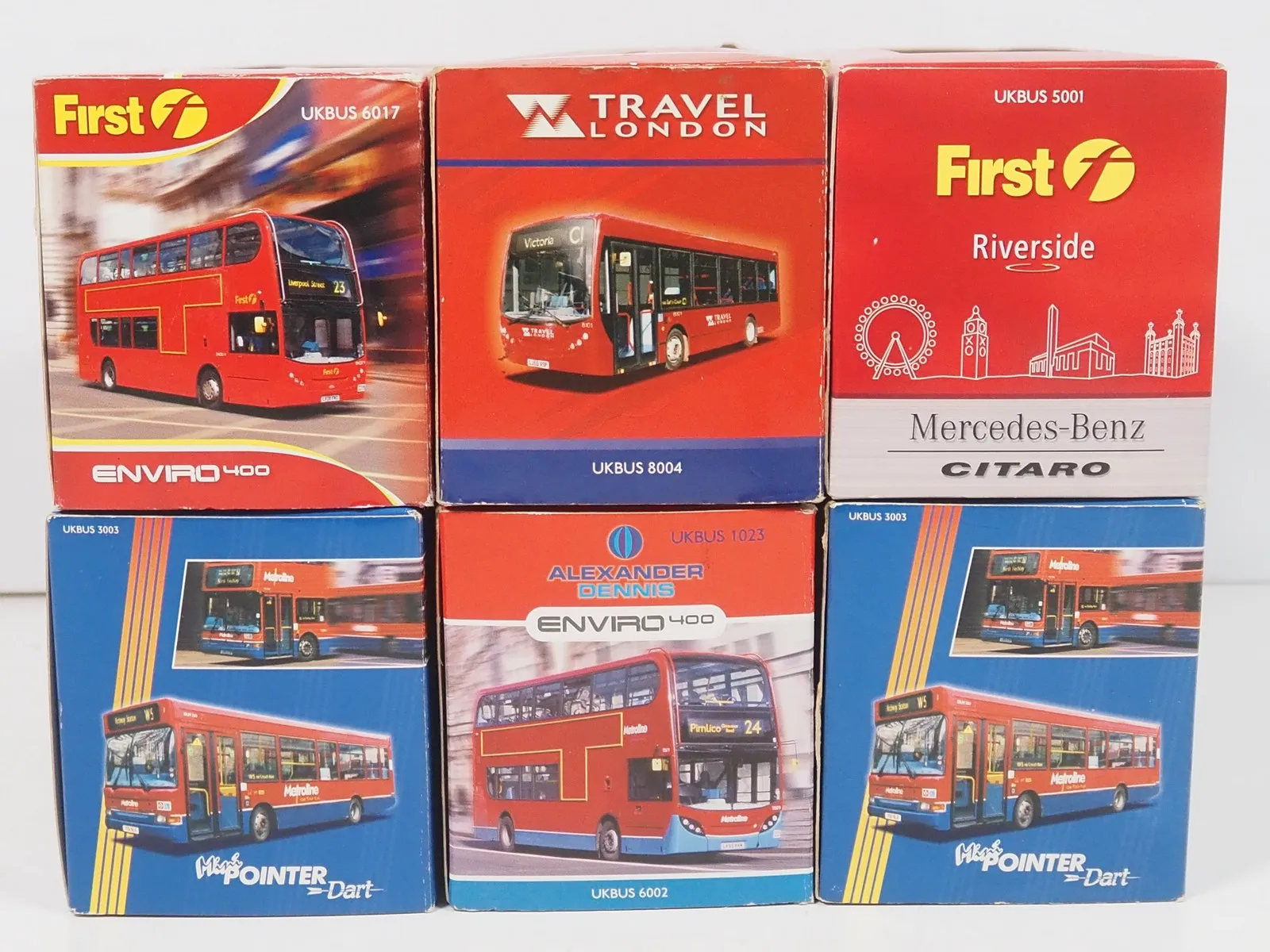
Plastic components are used extensively in diecast bus models for various details. These can include windows, interior components, and smaller exterior features. Plastic allows for greater design flexibility and can be molded into intricate shapes. This material often complements the diecast metal body, enhancing the overall level of detail and realism. Plastic components also contribute to the model’s lightweight nature, making it easier to handle and display.
Rubber Tires
Rubber tires are a crucial part of diecast bus models, providing a realistic look and feel. These tires are usually made from high-quality rubber, ensuring that they closely resemble the tires on the real bus. The rubber adds a level of authenticity to the models and allows the wheels to turn smoothly. Tires can also feature detailed tread patterns, adding another layer of realism. Proper rubber tires add to the overall value and appeal of the model.
Key Features to Look for When Buying
When purchasing a scale diecast bus, several key features can help you assess its quality and value. Careful inspection and attention to detail will ensure that you’re investing in a model that meets your expectations. These features collectively contribute to the overall collectability and enjoyment of your model.
Authenticity and Detail
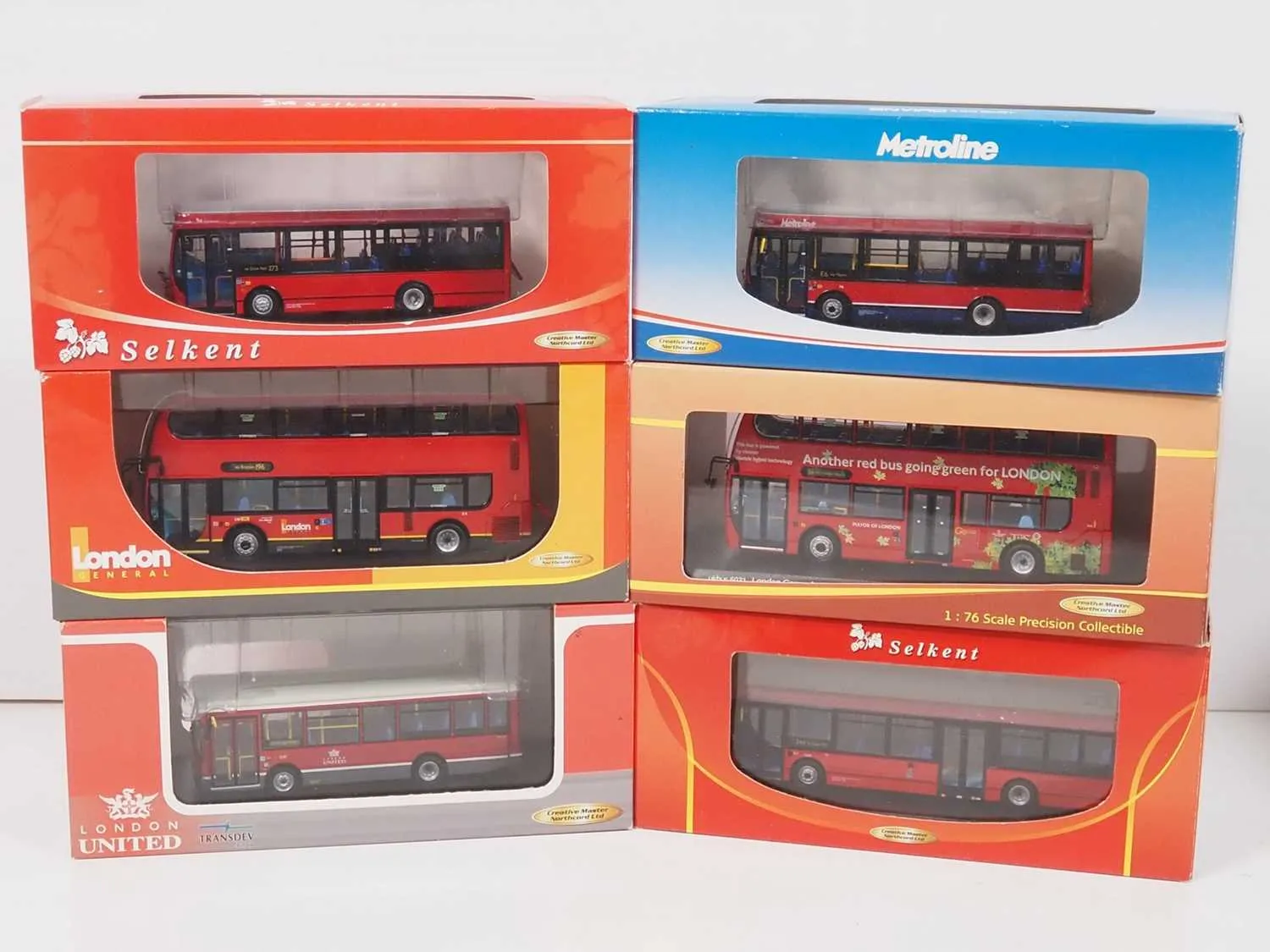
Authenticity is a critical factor in the appeal of a diecast bus. Look for models that accurately represent the real-world bus they are based on, with accurate proportions, body shapes, and livery. Pay close attention to the level of detail, including features like detailed interior, accurate placement of logos, and realistic accessories. High-quality models will often have opening doors, detailed engine compartments, and finely rendered driver’s areas. (Image: diecast-bus-detail.webp)
Paint Quality and Finish
The paint quality and finish of a diecast bus can significantly impact its visual appeal. A well-painted model will have a smooth, even finish, with no visible imperfections. Check for the correct color matching, as the model’s color should accurately represent the real bus. Look for detailed paint applications, such as accurate striping, logos, and decals. The quality of the paint and finish also affects the model’s durability, protecting it from wear and tear.
Manufacturer and Brand Reputation
Researching the manufacturer’s reputation can provide insights into the quality of the model. Established brands often have a reputation for producing highly detailed and accurately made diecast buses. Check reviews from other collectors and enthusiasts, as this information will help you determine if the manufacturer has a history of producing high-quality products. Some brands are known for specific details or for their models. Brands such as Corgi, Matchbox, and others will often hold their value. Choose brands with good reputations to ensure that you’re investing in a model that will meet your expectations and retain its value over time.
Where to Find Scale Diecast Buses
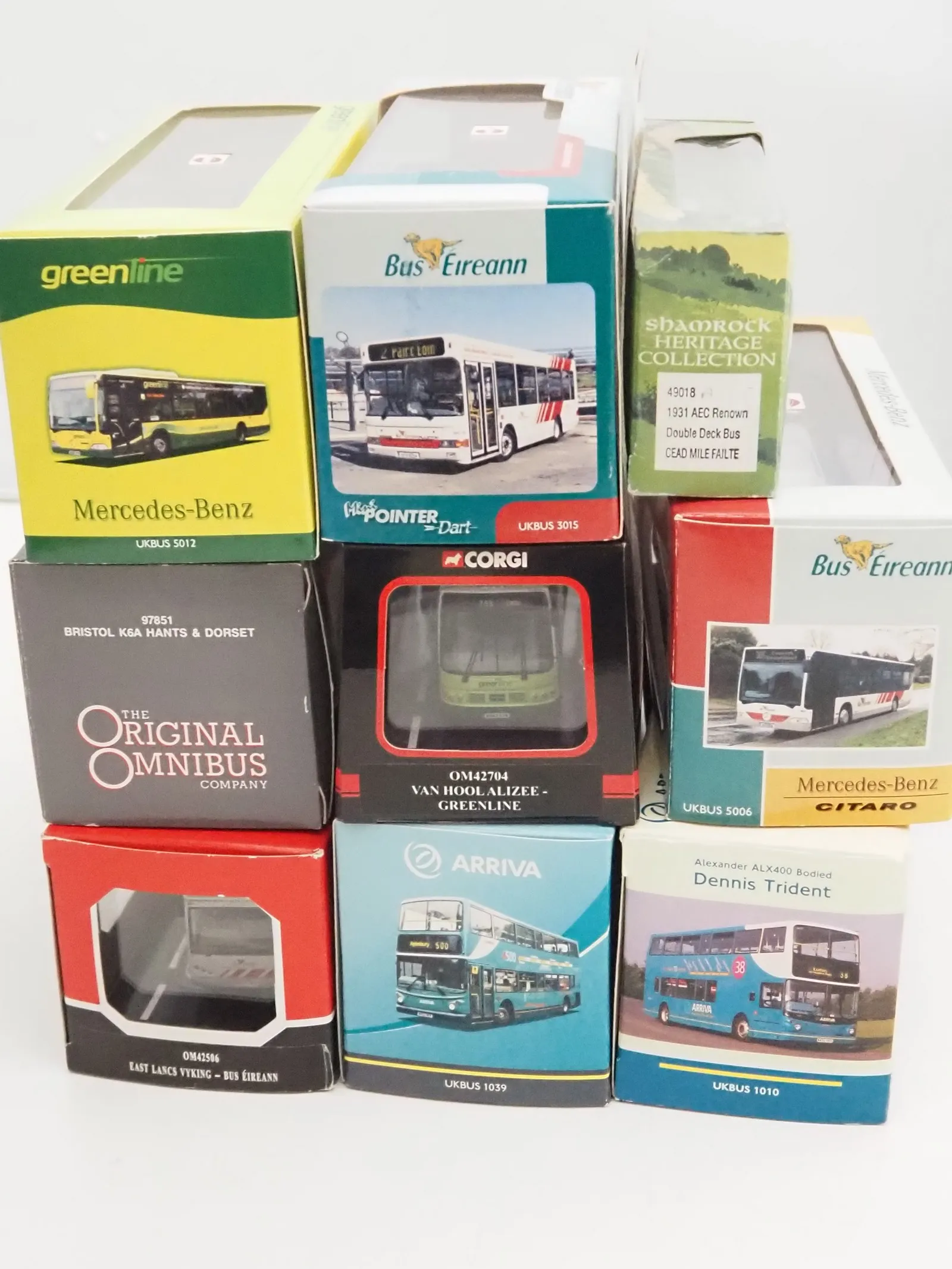
Finding scale diecast buses involves exploring various channels, from online retailers to specialized hobby shops. The availability of different models and brands will depend on the source. Doing research and exploring your options is vital to expand your collection. Consider these sources to find the best models to fit your needs.
Online Retailers
Online retailers offer a wide selection of scale diecast buses, often with competitive prices and convenient shipping options. Major online marketplaces like Amazon and eBay provide access to a vast inventory of models from different manufacturers. Specialty online stores, specializing in diecast models, offer curated selections and can provide expert advice. Before purchasing, check customer reviews and ratings, compare prices, and assess shipping costs. Buying from online retailers offers a broad range of options, making it easy to find the specific models you are looking for.
Specialty Hobby Shops
Specialty hobby shops provide a more hands-on buying experience, allowing you to examine the models in person. These shops often carry a curated selection of diecast buses and other model vehicles. The knowledgeable staff will provide valuable insights. Many hobby shops also host collecting events. Supporting local hobby shops can lead to new connections and the possibility of finding rare models. (Image: diecast-bus-brands.webp)
Diecast Shows and Events
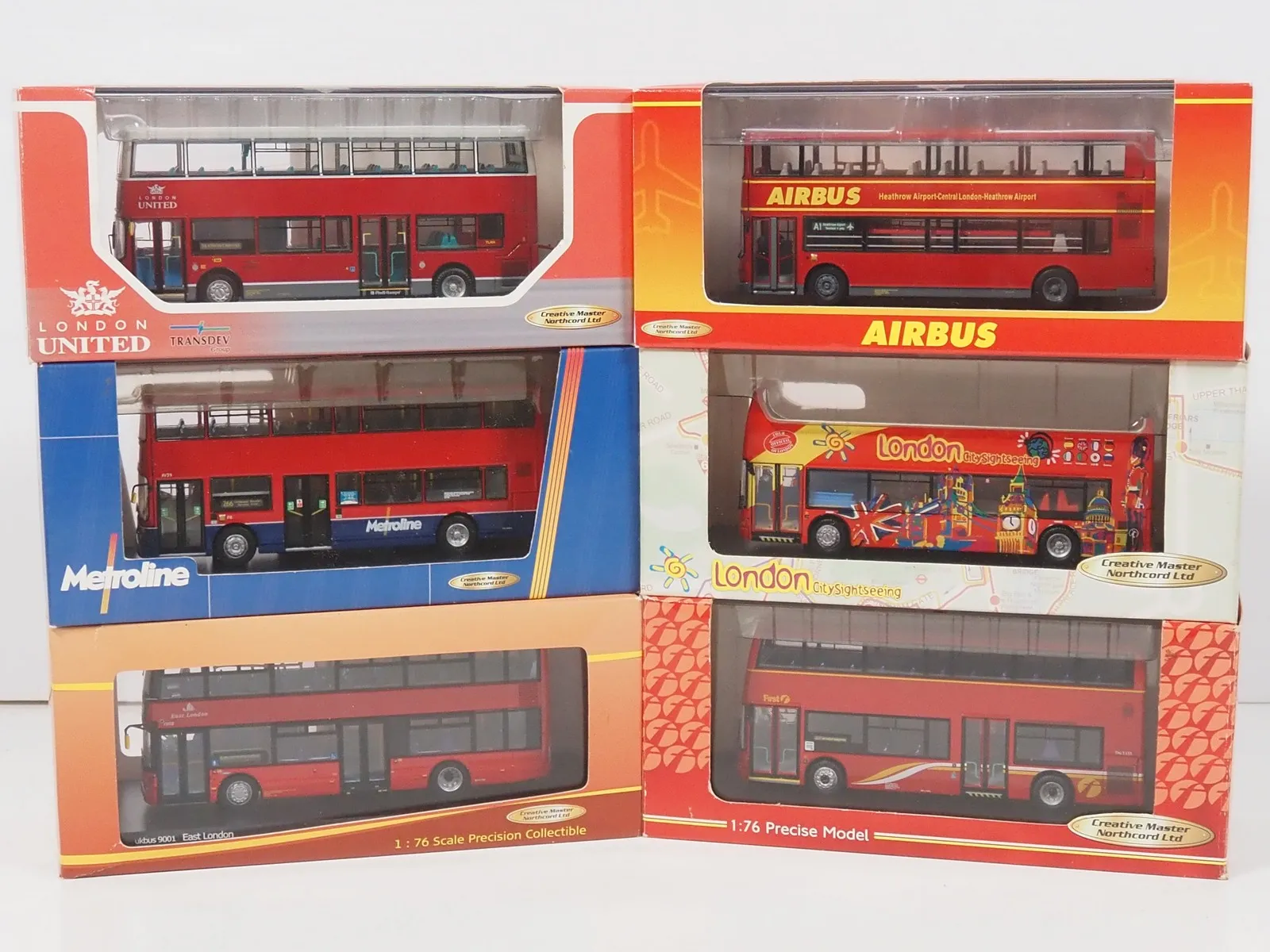
Attending diecast shows and events is a great way to find a wide variety of models. These events bring together collectors, dealers, and enthusiasts. Diecast shows are a perfect opportunity to see a wide variety of models in person. They are also a good place to meet fellow collectors. These events often feature vendors selling rare and vintage models, making them a treasure trove for collectors. These are a good place to find unique and hard-to-find models, as well as connect with the diecast bus community.
How to Care for Your Diecast Bus Collection
Proper care is essential to preserve the value and beauty of your diecast bus collection. Proper storage, display, and cleaning will help protect your models from damage and wear. The goal is to keep your models in the best condition. (Image: diecast-bus-display.webp)
Storage and Display
Store your diecast buses in a dust-free environment, away from direct sunlight and extreme temperatures. Display cases or shelves with protective covers are excellent for protecting models from dust and accidental damage. Consider using acid-free tissue paper or other protective materials to wrap individual models. Proper storage and display is the best way to maintain your collection’s condition.
Cleaning and Maintenance
Clean your diecast buses regularly to remove dust and dirt. Use a soft brush or a microfiber cloth. Avoid using harsh chemicals or abrasive cleaners, as these can damage the paint and details. For more stubborn dirt, use a mild soap solution. Always dry the model thoroughly after cleaning. Regular maintenance will keep your models looking their best.
Top 7 Diecast Bus Brands
The diecast bus market is dominated by several brands known for their quality, detail, and collectibility. These brands have built reputations for producing exceptional models. Many collectors often focus on particular brands. The best brands are often a matter of personal preference, influenced by the collector’s individual interests and model types. Here are some of the top brands in the diecast bus market:
- Corgi
- EFE (Exclusive First Editions)
- Oxford Diecast
- Ixo
- Atlas Editions
- Brooklin Models
- Minichamps
Collecting and the Community
Collecting scale diecast buses is not just a hobby; it is a community. Connecting with other collectors can enhance your experience. Share your collection, exchange information, and participate in events to deepen your appreciation for these miniature masterpieces. Joining online forums, social media groups, or local collecting clubs can provide opportunities to learn, trade, and connect. Participating in these forums will help you stay updated on the latest releases and learn from the expertise of other enthusiasts.
Scale diecast buses offer a blend of history, craftsmanship, and the thrill of collecting. This allows enthusiasts to enjoy a tangible connection to the world of public transportation. From the earliest models to the latest releases, collecting these buses provides an engaging and rewarding pastime. Whether you’re a seasoned collector or a newcomer, there is a place for you in this dynamic world. (Image: diecast-bus-collection.webp)
